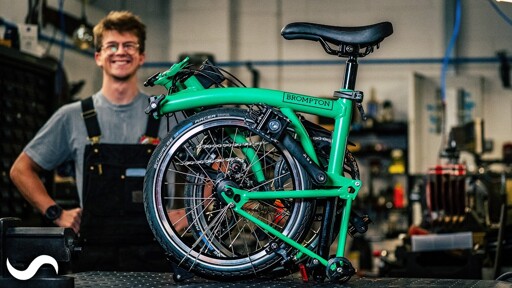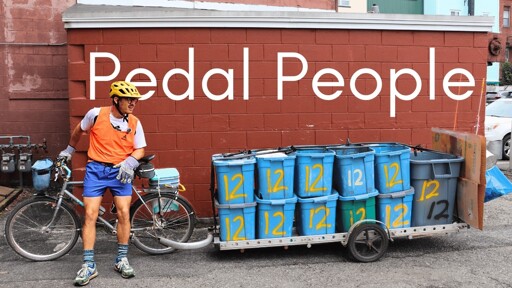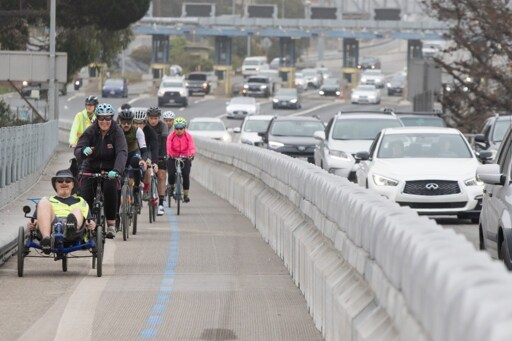It has been like this for more than a hundred years because we have two different legal systems for water rights: riparian rights and appropriative rights. Until we get that mess sorted (a very tall order), some land owners will be able to pull free water while some cities will struggle to buy water or water rights.
- Posts
- 10
- Comments
- 170
- Joined
- 2 yr. ago
- Posts
- 10
- Comments
- 170
- Joined
- 2 yr. ago
Fuck Cars @lemmy.world Society will accept a death caused by a robotaxi, Waymo co-CEO says
Bicycles @lemmy.ca How Bikes are Brazed in Britain
Fuck Cars @lemmy.world This Job Is Trash — But Everyone Loves It
Fuck Cars @lemmy.world Richmond-San Rafael Bridge bike and ped path closed, consideration underway for a fulltime car lane.
Fuck Cars @lemmy.world Racing the 8 Bus in Seattle
Fuck Cars @lemmy.world Mail Delivery by E Cargo Bikes
Fuck Cars @lemmy.world Washington Governor has a packet of anti-car, pro-housing legislation on his desk.
Bicycles @lemmy.ca Why You Can't Get SILCA's Newest Mini Pumps in the U.S.
Fuck Cars @lemmy.world Maumee - 9th Strongest Town Winner
Fuck Cars @lemmy.world Bob is doing his best.



That's because they legally have to. Land owners with appropriative water rights must use their water or they lose access to it, forever. Flooding a low value field is the logical thing to do, even if it's an unreasonable thing to do.